Cutting Back Birch Trees: How And When To Prune Birch Trees
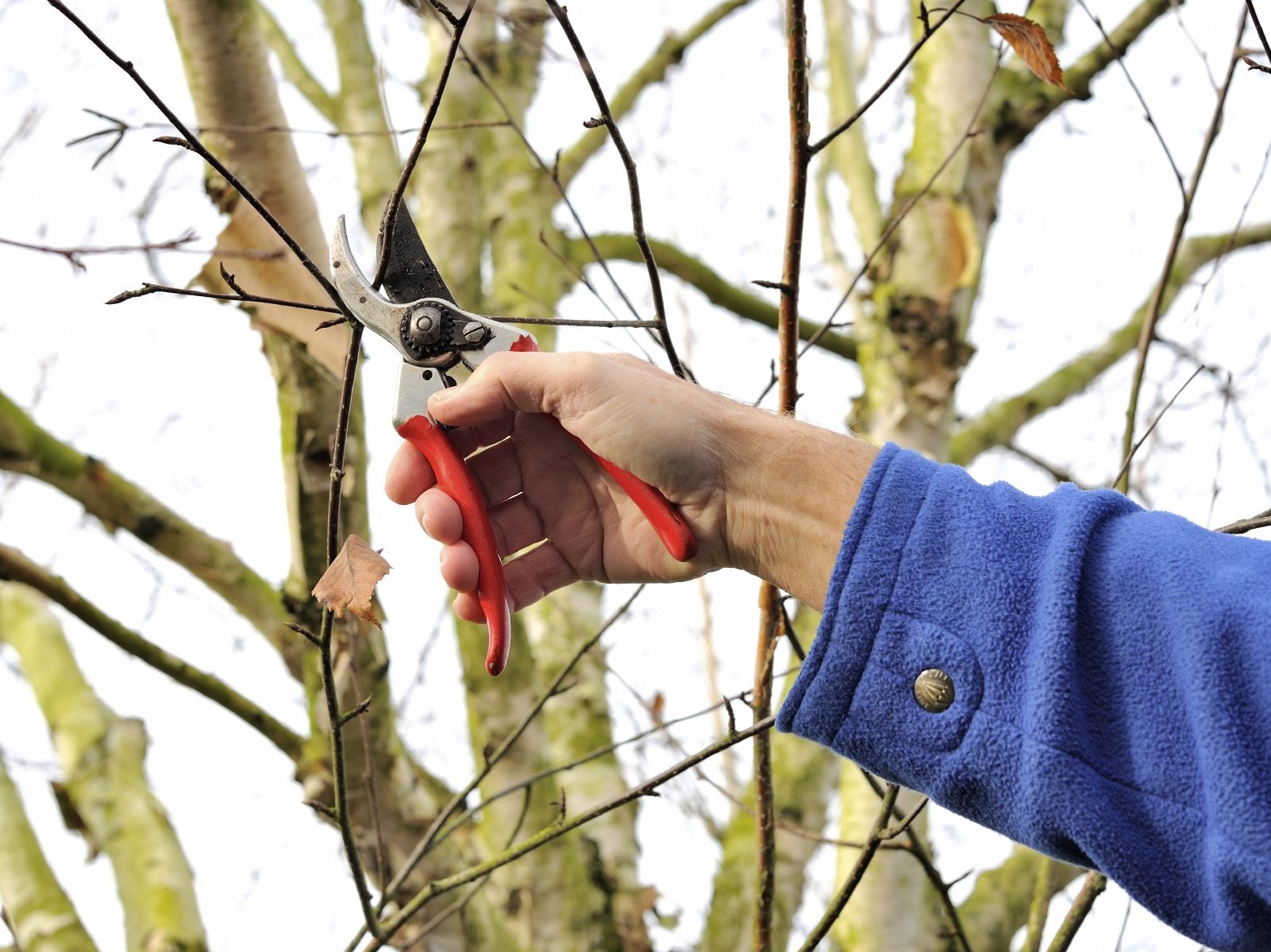

Birch trees are highly desirable landscape trees because of their beautiful bark and graceful foliage. Unfortunately, they aren’t known for their long lifespan. You can improve their chances by pruning birch trees properly and taking advantage of the best time to prune birch trees.
Reasons for Cutting Back Birch Trees
There are several reasons for cutting back birch trees:
- Remove dead, diseased, and injured branches for the health of the tree.
- Branches that rub together offer entry points for insects and disease, so remove one of them.
- Branches that grow nearly straight up have weak attachments to the trunk. Take them down while they are small to prevent them from breaking off later on.
- Remove a branch that is too close to another branch. This is best done when the tree is young.
- Remove branches that are too close to the ground to make landscaping easier and allow comfortable use of the shade.
- You can remove any branch that detracts from the overall appearance of the tree.
When to Prune Birch Trees
Most landscapers prune trees just before they break dormancy in late winter or early spring, but this timing doesn’t work for birch trees. They bleed a heavy flow of sap if pruned when awakening from their winter rest, so the best time to prune birch trees is late summer or early autumn.
When you prune at the proper time, you not only avoid sap flows, but you also avoid the egg laying season for most insects that infest pruning wounds. These insects cause unsightly damage, and they can spread serious diseases.
Birch tree borers are tree killers, and you should reduce the risk of attack by cutting after their early summer flying season whenever possible.
How to Prune a Birch Tree
There are several steps in pruning a birch tree. Take care of the easy stuff first by removing side shoots and suckers as necessary. Next, decide which branches to remove. Be as conservative as possible. Removing more than twenty-five percent of the canopy of a tree at one time weakens it and may be fatal. Never top a tree. Remove branches less than 2 inches (5 cm.) in diameter as close as possible to the collar, or thickened area where the branch attaches to the trunk.
Use one quick cut with long-handled pruners to remove the branch and then clean the pruning tool with a ten percent bleach solution or a household disinfectant before moving to another branch. Larger branches are taken down with three cuts. Here’s the procedure:
Gardening tips, videos, info and more delivered right to your inbox!
Sign up for the Gardening Know How newsletter today and receive a free copy of our e-book "How to Grow Delicious Tomatoes".
- The Undercut – From the trunk of the tree, measure 18 inches (46 cm.) out along the branch. At the 18 inch (46 cm.) mark, make a cut one-third to one-half of the way through the branch beginning at the underside and working in an upward direction. This cut prevents the falling branch from stripping bark and wood from the tree as it falls.
- The Main Cut – Measure an inch or 2 (2.5-5 cm.) out from the undercut and cut the branch from the top downward. Cut all the way through as smoothly as possible.
- Tidying Up – The 18 to 20 inch (46-51 cm.) stub that remains is an unnecessary eyesore and can cause disease if it dies back. It will not regrow, so cut it off flush with the collar.

Jackie Carroll has written over 500 articles for Gardening Know How on a wide range of topics.
-
 12 Lush Alternatives To A Lawn For Sustainable Spaces
12 Lush Alternatives To A Lawn For Sustainable SpacesAlternatives to a lawn are beautiful and also beneficial to your local ecosystem and its pollinators. Explore our top picks for plants to replace grass.
By Tonya Barnett
-
 Types Of Tomatoes Explained: Explore The Many Wonderful Shapes, Colors, Flavors, & Best Uses
Types Of Tomatoes Explained: Explore The Many Wonderful Shapes, Colors, Flavors, & Best UsesThe world of tomato varieties is vast and fascinating. Learn about the key types to grow in your garden, tailored to your preferences and space.
By Amy Grant
-
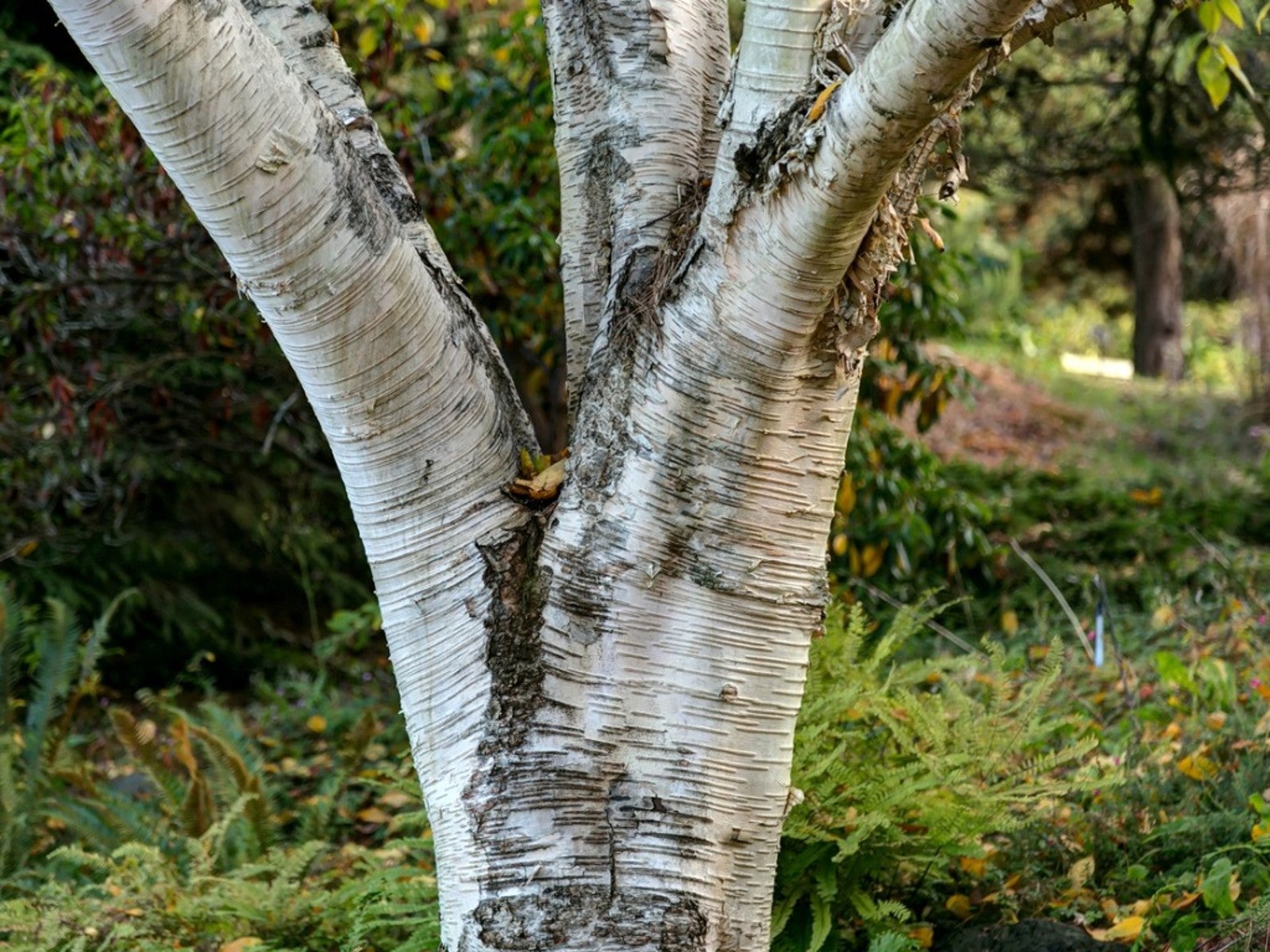 How To Grow A Himalayan Birch Tree
How To Grow A Himalayan Birch TreeBeautiful white barked Himalayan birch trees need a cool northern climate and prefer a winter blanket of snow. Learn more about them.
By Teo Spengler
-
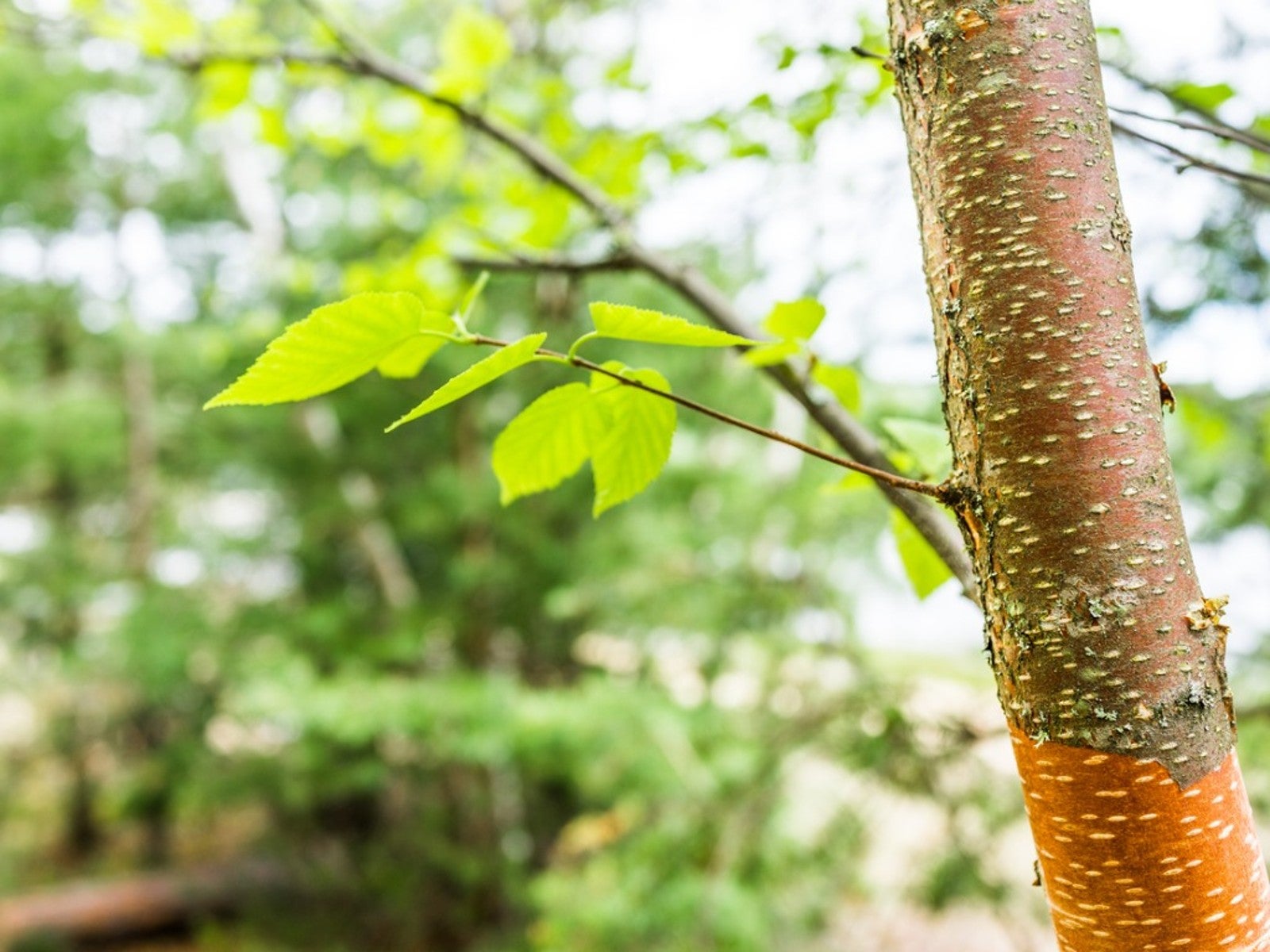 Water Birch Tree Care And Characteristics
Water Birch Tree Care And CharacteristicsEven if you aren’t familiar with water birch, you may guess that it tolerates wet soil. But there’s much more to know.
By Teo Spengler
-
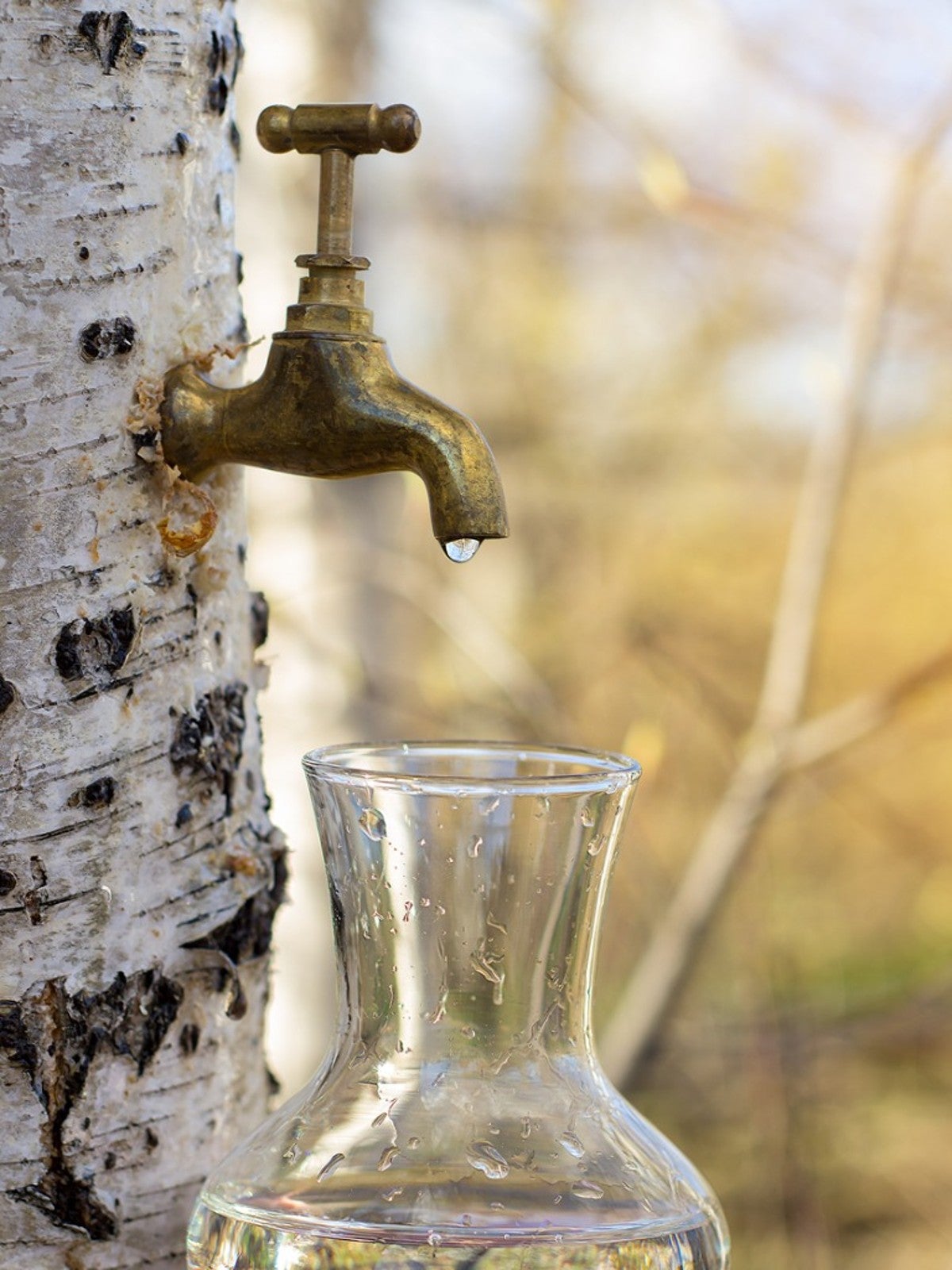 How To Tap Birch Trees: Birch Syrup And Other Uses For Birch Sap
How To Tap Birch Trees: Birch Syrup And Other Uses For Birch SapDid you know you can make birch syrup? Read on to learn about birch sap harvest for syrup and other birch sap uses.
By Teo Spengler
-
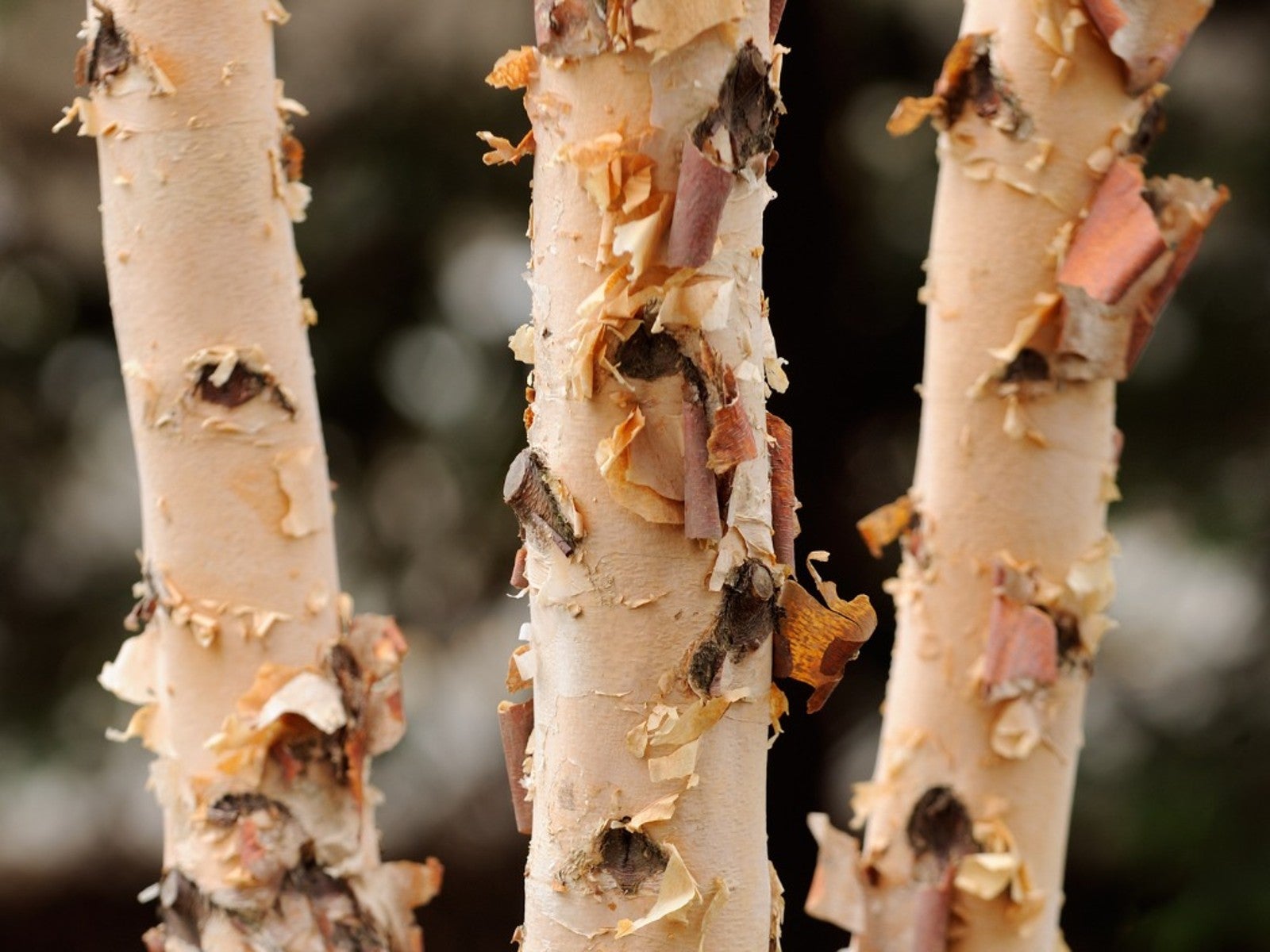 11 Types Of Birch Trees: Choosing A Birch Variety For Your Backyard
11 Types Of Birch Trees: Choosing A Birch Variety For Your BackyardSlender and graceful, birch trees are admired by many gardeners. If you are wondering about the different varieties of birch trees, read on.
By Teo Spengler
-
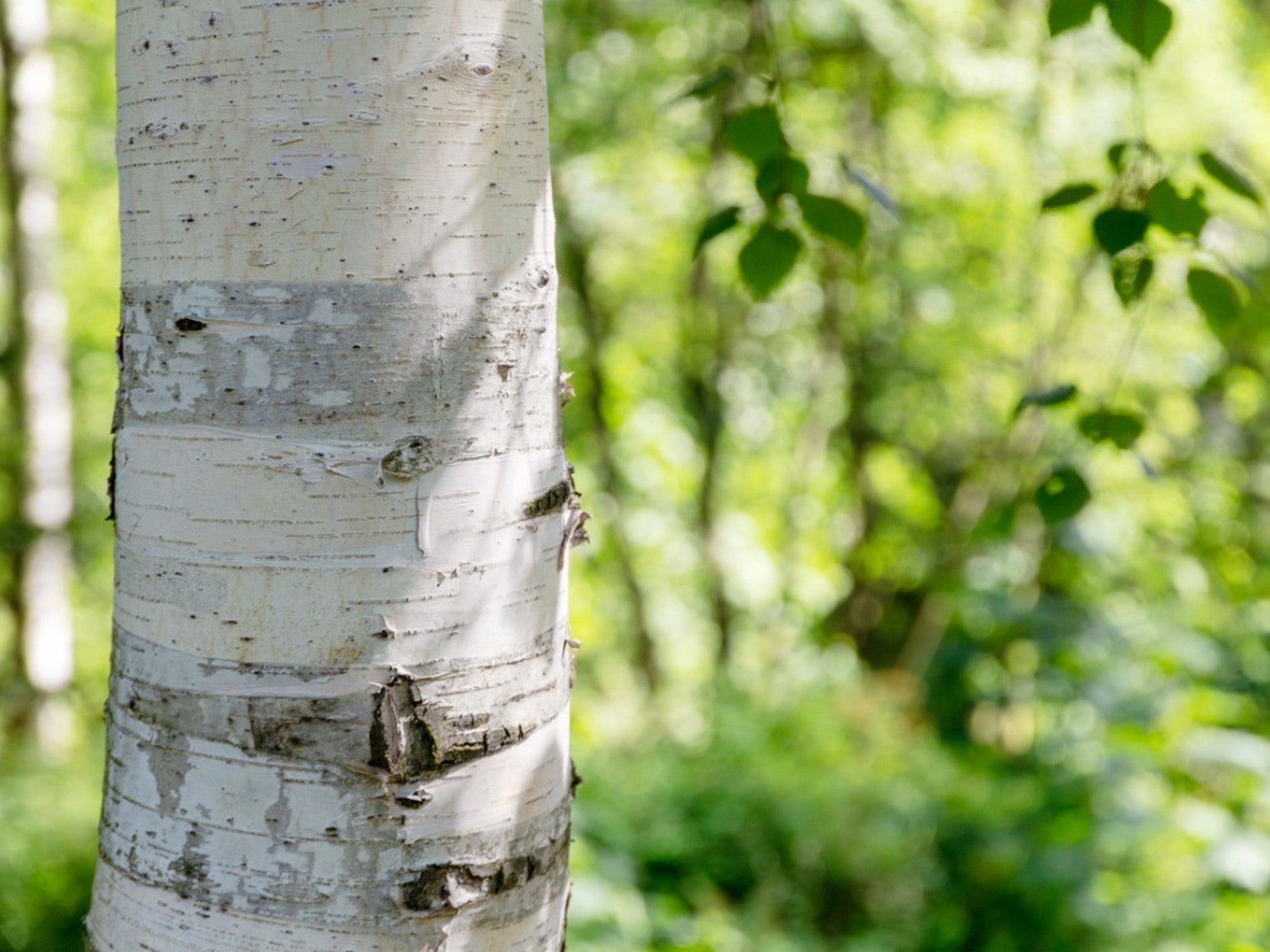 The Right Way To Peel Birch Bark - Sustainable Harvesting Tips And Techniques
The Right Way To Peel Birch Bark - Sustainable Harvesting Tips And TechniquesLearning more about paper birch bark can help gardeners and crafters to better understand the tree’s significance, as well as help to ensure that birch plantings within the home landscape are kept thriving.
By Tonya Barnett
-
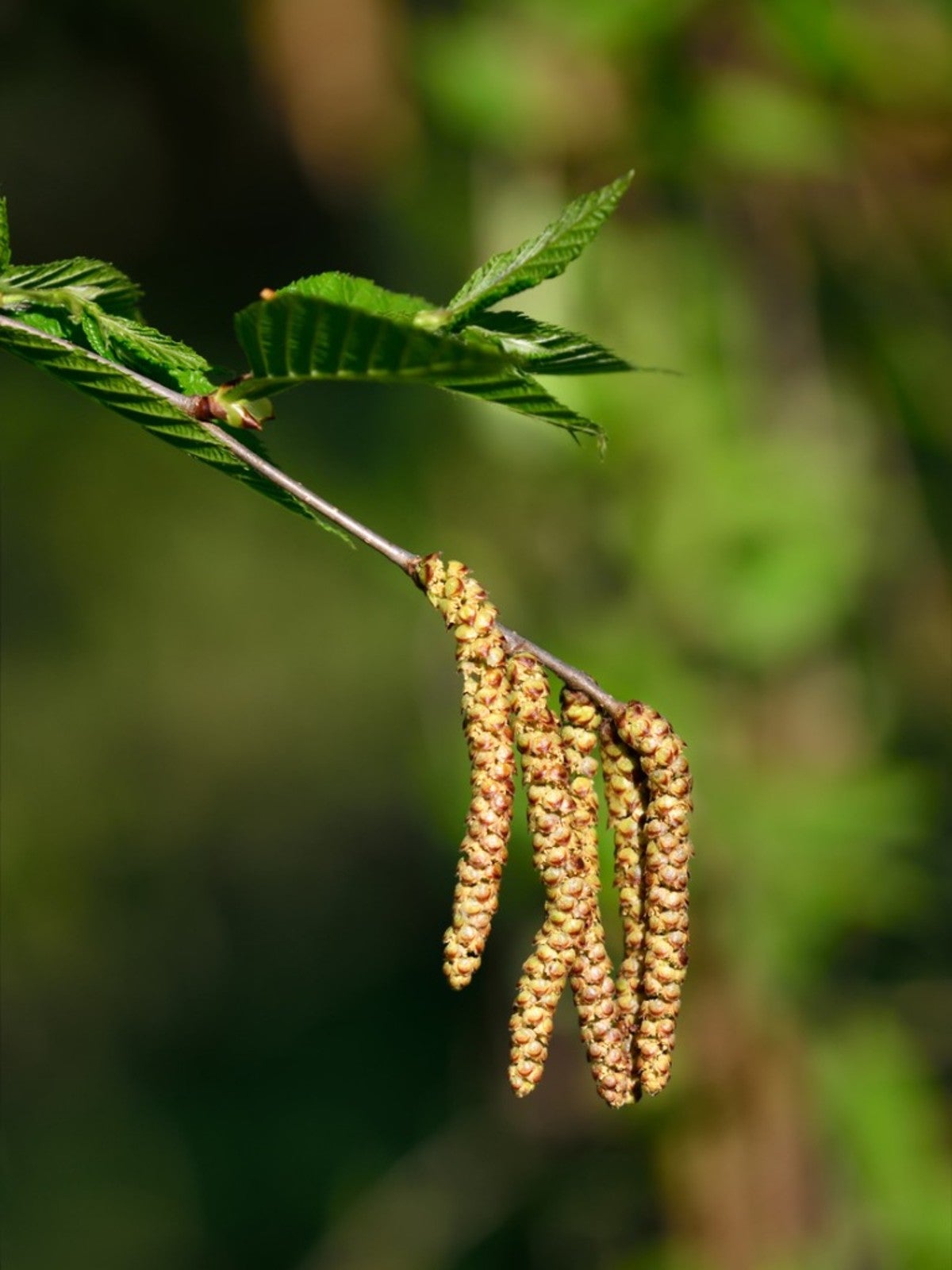 What Is A Sweet Birch – Learn About Sweet Birch Trees
What Is A Sweet Birch – Learn About Sweet Birch TreesIf you’d like to learn more about sweet birch trees, read on. We’ll give you sweet birch tree facts as well as growing information.
By Teo Spengler
-
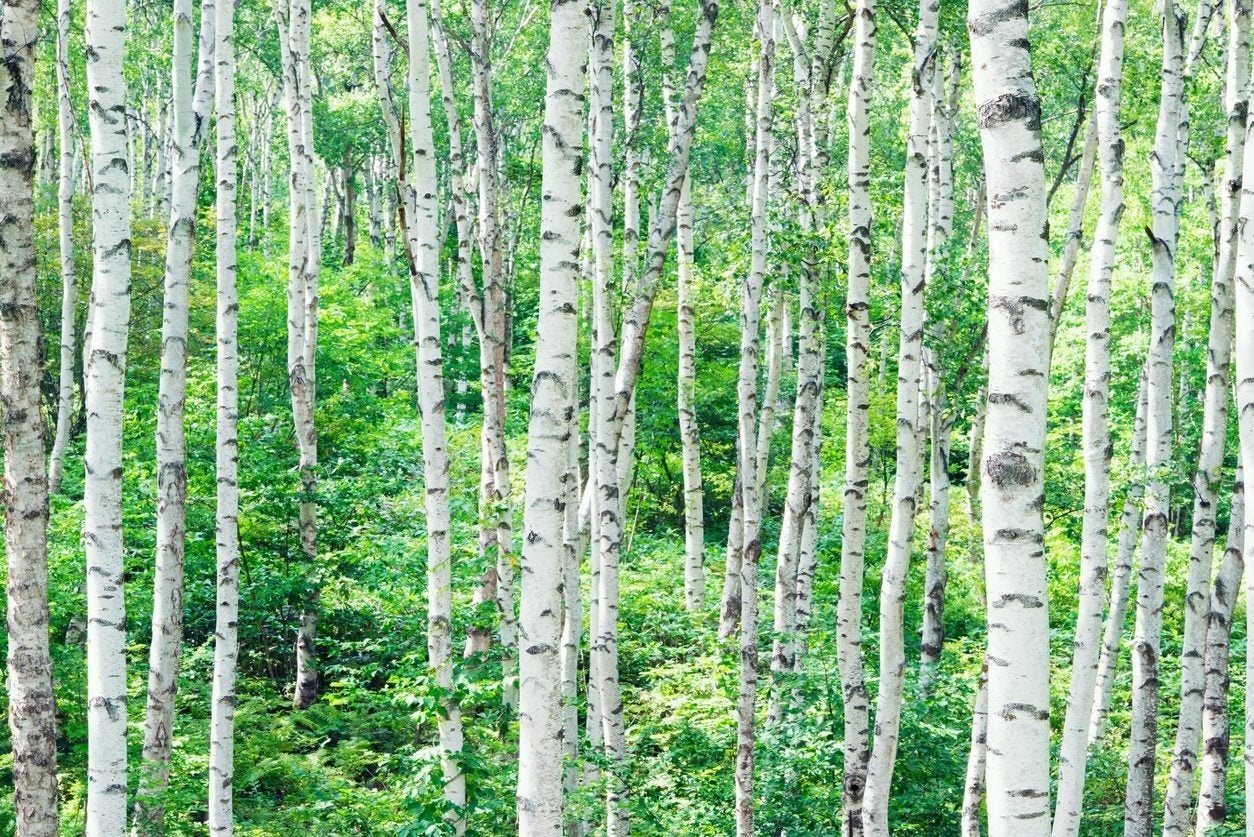 Birch Tree Lifespan: How Long Do Birch Trees Live
Birch Tree Lifespan: How Long Do Birch Trees LiveHow long do birch trees live? The birch tree lifespan depends upon where the tree is growing. For more information about factors that affect the life of a birch tree, click on the article that follows to learn more.
By Teo Spengler
-
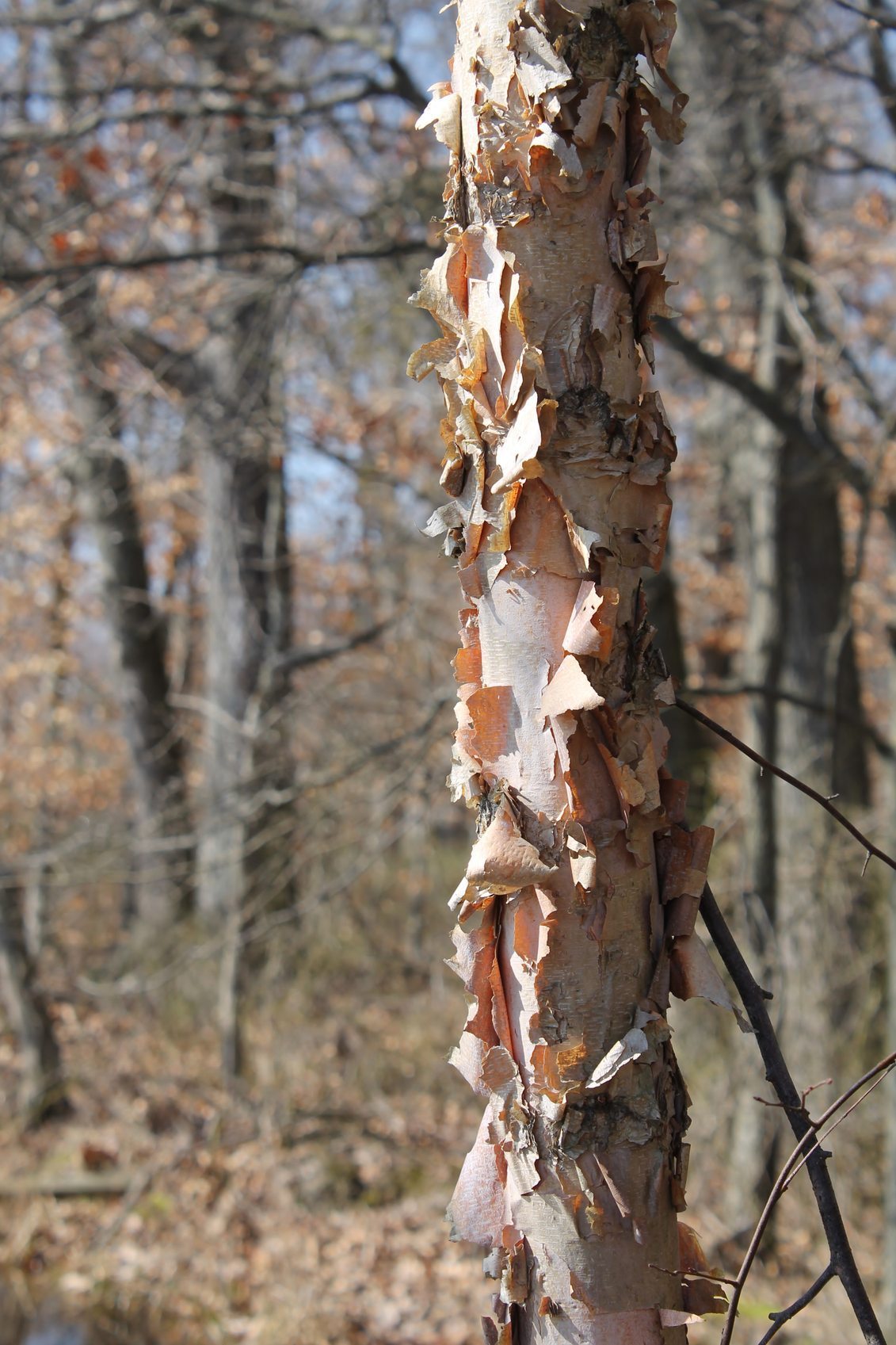 Planting A River Birch Tree: Tips On River Birch Tree Growing
Planting A River Birch Tree: Tips On River Birch Tree GrowingThe river birch is a popular tree for river banks and wet parts of the garden. Its attractive bark is especially striking in the winter when the rest of the tree is bare. Learn more river birch tree facts and how to use them in the landscape of your home right here.
By Liz Baessler